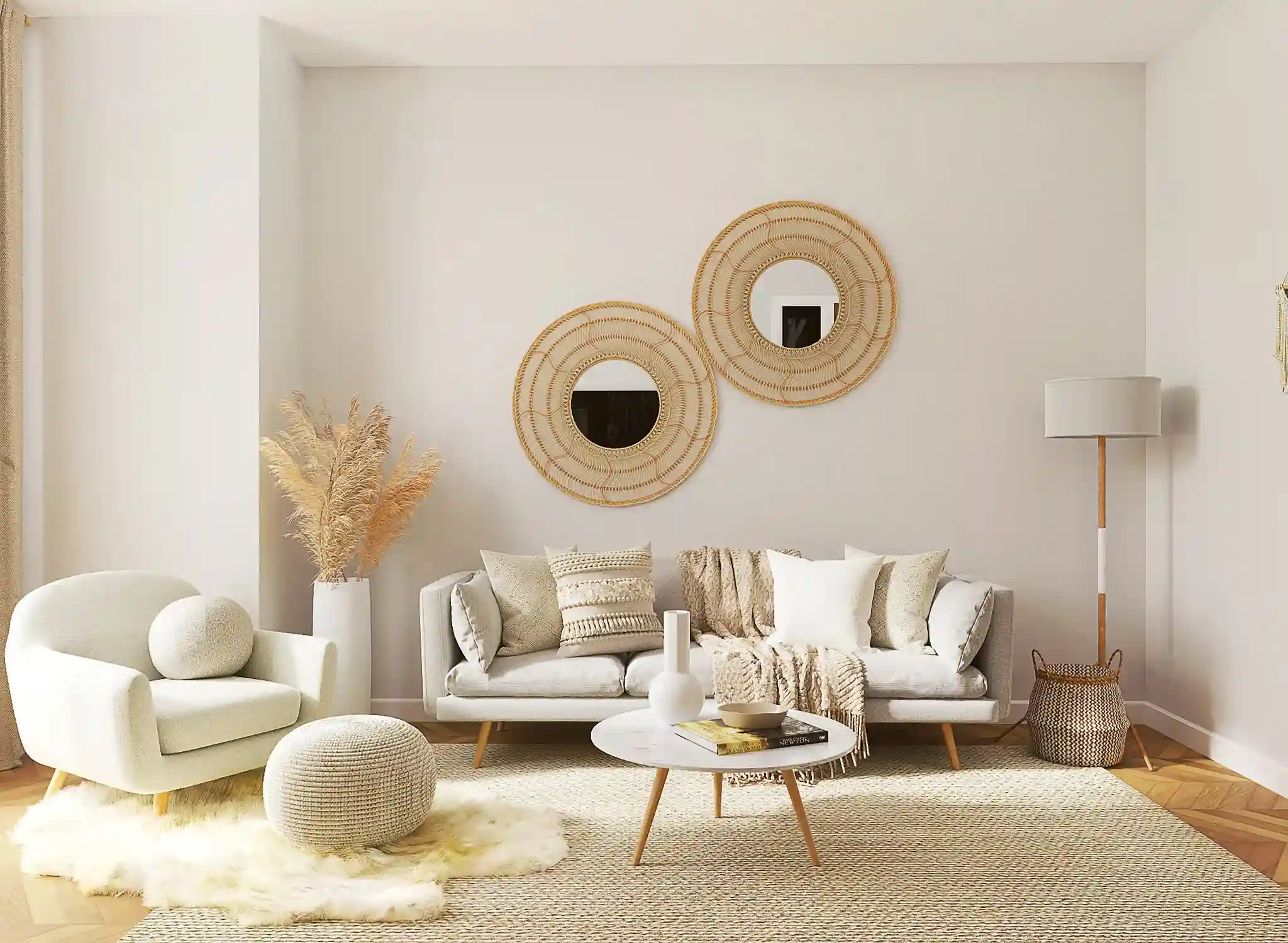Japanese interior design and Scandinavian minimalism are blended to create a unique aesthetic. Sophistication is at the heart of this design trend, as it channels simplicity by using a muted colour palette and clean lines. Anyone can incorporate this design style into their home by using a few distinct elements.
The growth of the interior design industry depends heavily on evolving new ideas that differ from what’s already been done. Japandi has always been a style, but it has never really been given a label until now. This has allowed it to be adapted and tweaked to become the design trend it is today.
Do you want the Japandi style in your home? This guide will break down the key elements of this design trend and give you guidance on how you can incorporate yourself. Continue reading to find out more.
Japanese and Scandinavian Design
Wabi-sabi is the key design philosophy that makes up Japanese interior design. Wabi refers to having a subdued feel with strict elements of beauty and Sabi is more about having an unkept and free-spirited look. The main focus of wabi-sabi focuses on accepting imperfection and natural life. Japandi focuses on the use of neutral colors and natural materials to embrace minimalism, simplicity and precision.
Scandinavian is somewhat similar to Japanese interior design with a few differences. It is characterized by clean lines and neutral colors with a focus on light to create a serene atmosphere. Minimalism is the main characteristic of Scandinavian interior design, as it aims to have decor that focuses on simplicity and functionality. It also invokes a feeling of hygge, as it has heavy usage of rugs, throws and cushions.
The Key Elements of Japandi Design
Combining the hygge feel and the wabi-sabi aesthetic is easier than you might think, as they do share some of the same characteristics. Some key elements are clear signs of Japandi interior design, such as:
- Minimalism: Having a space that is simple with items that serve a functional purpose is very important when channeling a Japandi style. There should be no clutter, as there should be open space within your home with clean lines throughout.
- Natural Materials: Timelessness is at the forefront with Japandi furniture usually displaying high-quality craftsmanship. Furniture should be made from natural materials like wood, bamboo and linen. You can also use terracotta for decorative pieces.
- Natural Light: Bringing more of the outdoors inside is a key element of Japandi design, as it makes your interior brighter and feel more alive. Using large windows and light-colored walls can help invoke this.
- Neutral Colours: Having a home colour scheme that encompasses the real world is what makes Japandi’s design so unique. Neutral tones like being and tan, as well as cooler tones like grey and blue, can be great for bringing this to life. The colors should convey a tranquil feeling.
Japandi continues to increase in popularity as sustainability becomes more of an emphasis in interior home design.
How to Use Japandi Style in Your Home
Add Plants
Bringing the outdoors inside is the best way to invoke a Japandi style within your home. One way you can do this is by adding plants and greenery as the key decor element. Vines and bonsai trees are both plants that are heavily associated with the Japandi style, so having these scattered throughout your home would be a good start.
Plants are also great for your health, as they clean the air and can improve your focus and productivity.
Focus on Natural Light
- You should focus on bringing in more natural light to your home.
- You can install more windows, hang up more mirrors, or use lighter tones to achieve this.
- You can also add LED lights that give off the natural light feeling, with floor lamps being perfect for the Japandi vibe.
There are many health benefits to this too, as it can help balance your circadian rhythm.
Contrast Colours
To establish contrast in a room, use accents in shades of brown, blue, and green. You can incorporate new colors with decorations, large throws, cushions, and more. This is why the couch is integral to a Japandi living room, as there are so many ways that you can contrast the colors of the couch to generate this feel.
Declutter
For Japandi design, you should keep your interior looking clean with a lot of open space. Having a minimalist space is essential for this design trend, which makes decluttering very important. You could have more storage spaces throughout the house to help with this, but these should be made out of natural materials if you want to obey the Japandi decor rules.
Use Natural Materials
Materials that are naturally sourced should make up your interior furniture if you want to achieve the correct aesthetic. Wooden dining tables, bamboo storage boxes, and linen pillows can all help with this. Avoiding plastics, glass and steel should be a priority, as these are not considered to be natural materials and can negatively affect the feng shui.










